Our Process
How Do Your Legs Feel & Look Right Now?
STEP 1: Consultation
Encountering a doctor who doesn’t listen, displays rudeness, or rushes through appointments can be extremely frustrating.
However, at The Vein Institute at Southern Surgical Arts, you can rest assured that your concerns will be heard and addressed by our attentive and welcoming staff.
Our team of experts, including a provider and an ultrasonographer, will provide you with top-notch care from your very first visit.
STEP 2: Ultrasound
Tired of making extra trips for x-rays, labs, or other imaging tests after leaving the doctor’s office?
At The Vein Institute at Southern Surgical Arts, you can say goodbye to that hassle. We offer onsite ultrasound and diagnostics, eliminating the need for multiple appointments and saving you valuable time.
Plus, you’ll receive same-day results from one of our providers, ensuring a streamlined and efficient experience.
STEP 3: Treatment Plan
Rest assured, when you walk out of The Vein Institute at Southern Surgical Arts, you’ll have a comprehensive treatment plan in hand.
With a variety of options available, including Varithena, vascular laser, sclerotherapy, endovenous ablation, and others, we tailor the treatment to your specific needs and objectives.
Say goodbye to leg discomfort—let us craft the perfect solution for you. Explore our treatments further by scrolling down.
Our Treatments
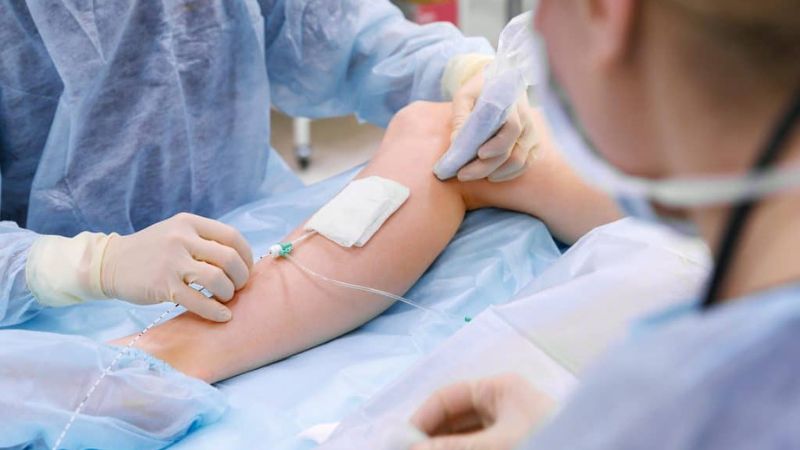
Varithena
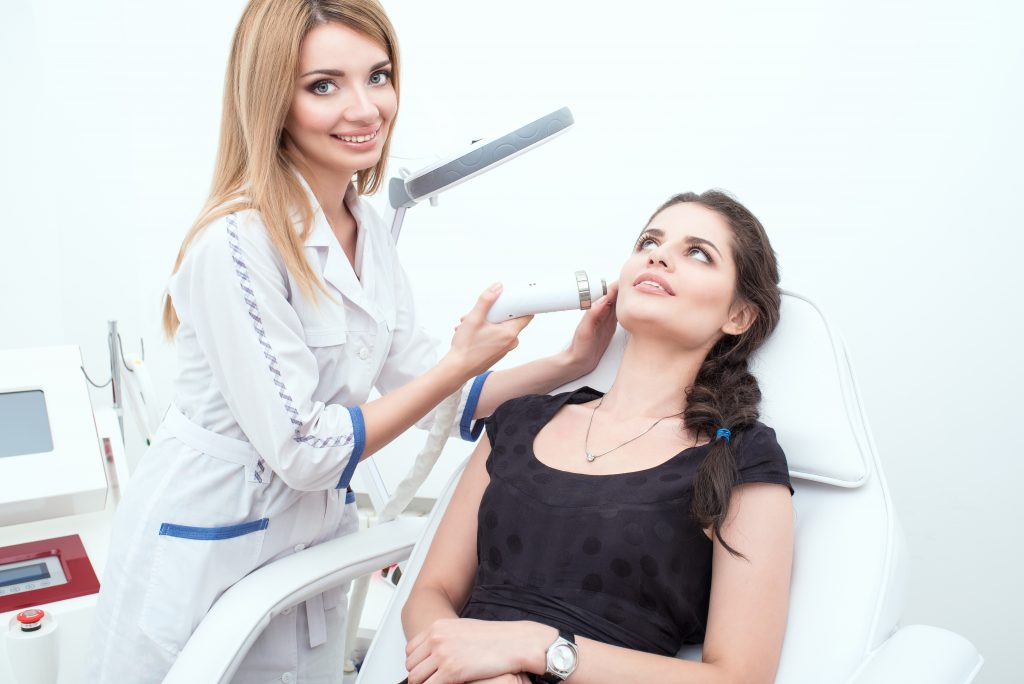
Vascular Laser
Sclerotherapy

Endovenous Ablation
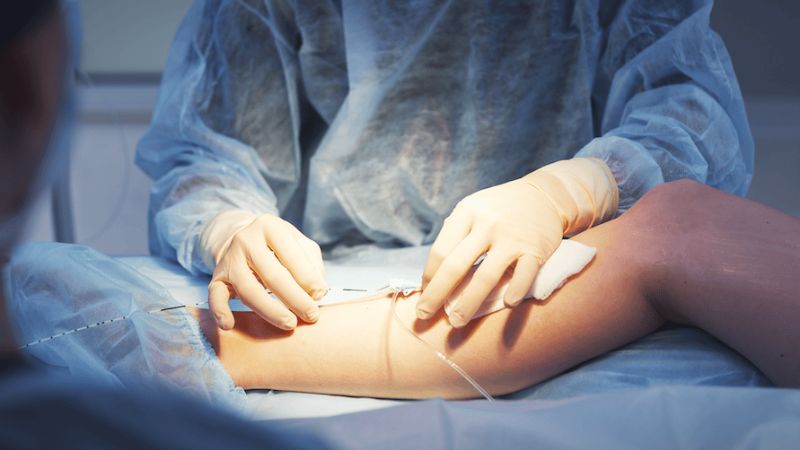
Microphlebectomy
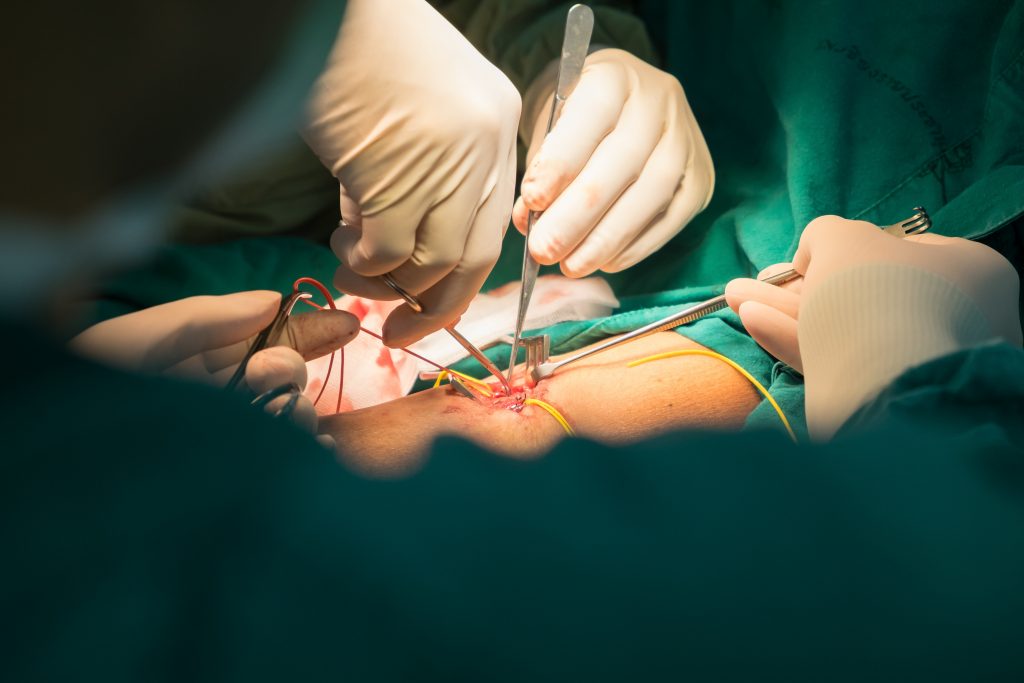
High Ligation
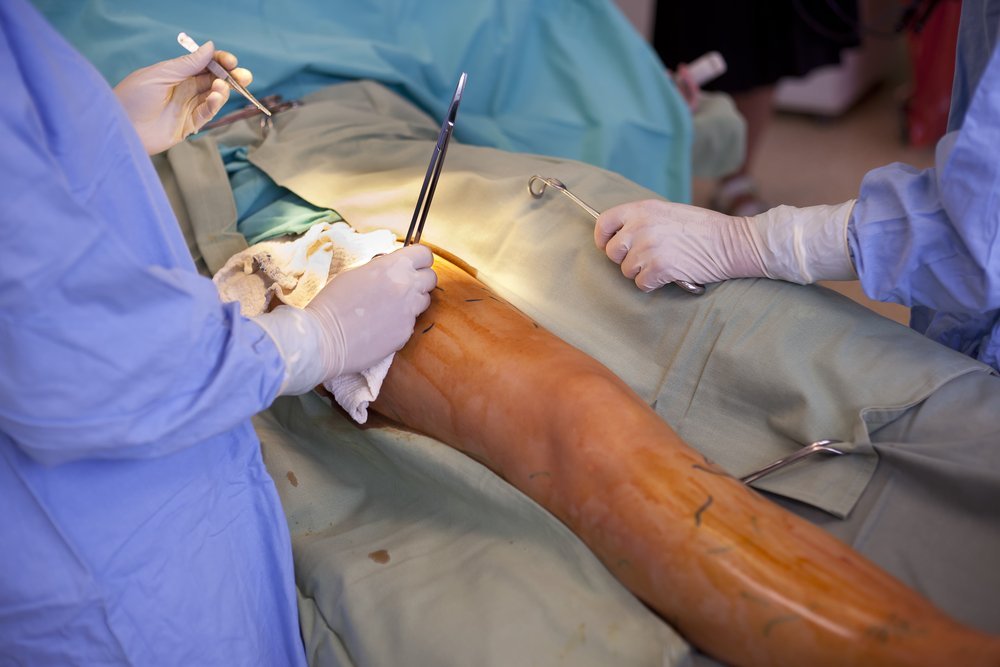
Vein Stripping

Blood Thinners
FAQs
Venous reflux disease – which leads to Leg or ankle swelling, Leg Pain and Aching, Leg Cramps, Restless leg, Leg heaviness or fatigue, Burning or Itching skin, Skin Changes or Rash
Venous reflux disease is a progressive medical condition that if left untreated, will likely worsen over time and develop into a more serious form of venous disease called chronic venous insufficiency (CVI). CVI leads to more serious outcomes such as poor healing wounds, permanent skin damage, and an increased risk of deep blood clot.
- Patients get relief/improvement of symptoms after 2 days
- This is a permanent fix to diseased refluxing veins in the legs
- Proven long term results with positive patient outcomes and experience
- Rapid recovery with patients resuming normal activities within a few days
- The procedure takes about 20-40 minutes.
- The procedure is almost always a permanent fix for the diseased veins being treated.
- The number of treatments needed depends on the severity and number of veins that are diseased.
- The procedure takes about 20-40 minutes in most cases.
- The procedure is good at closing down small varicose veins and spider veins.
- Most people will need 1-2 treatments with compounded sclerotherapy depending on the severity and number of their varicose veins.
- Resolution of the varicose veins treated.
- Proven track record with years of solid research behind it
- Improvement/resolution of unwanted pain, aching, pressure, swelling, and other associated symptoms.
- Improved cosmetic appearance of varicose and spider veins.

